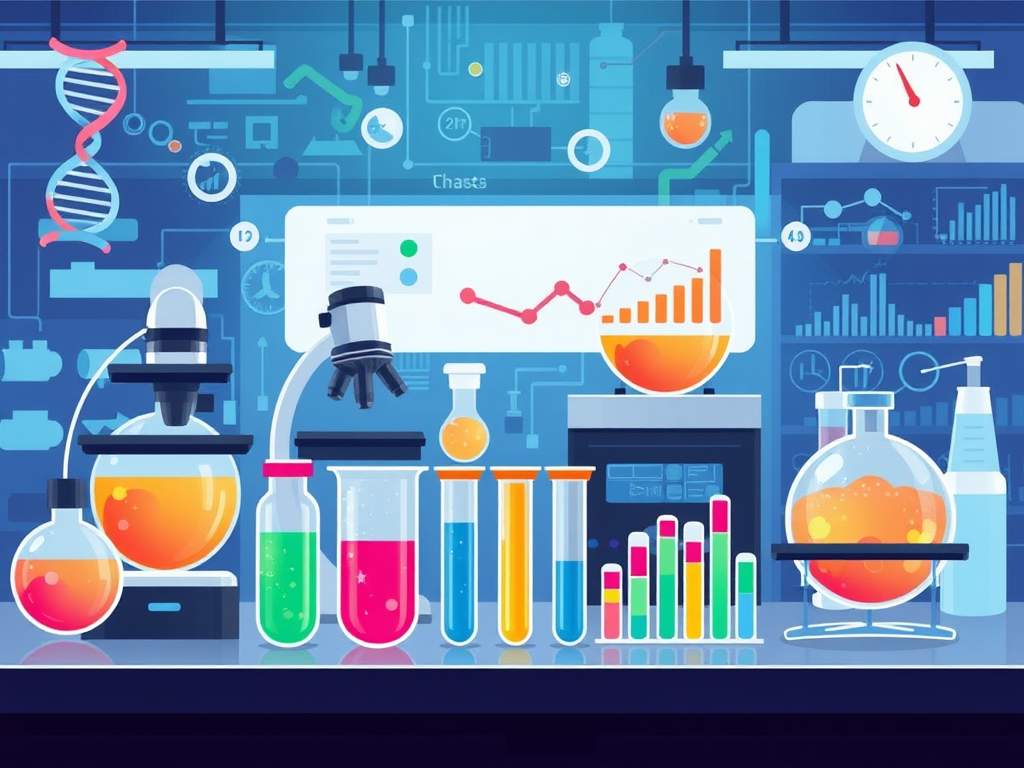Introduction
Bio-analytical techniques play a vital role in biomedical research, pharmaceuticals, and clinical diagnostics. These techniques involve the quantitative and qualitative analysis of biological samples, using sophisticated instrumentation and methodologies. Many students find Bio-analytical Techniques homework challenging due to the technical expertise required in chromatography, spectroscopy, and molecular analysis. This guide provides comprehensive Bio-analytical Techniques homework help, offering key insights, essential resources, and expert strategies to help you excel.

What Are Bio-analytical Techniques?
Bio-analytical techniques involve the detection, identification, and quantification of biological molecules. Key areas of study include:
- Chromatography Techniques: High-performance liquid chromatography (HPLC) and gas chromatography (GC) for separating biomolecules.
- Spectroscopic Methods: UV-Vis, infrared (IR), and nuclear magnetic resonance (NMR) spectroscopy for molecular identification.
- Mass Spectrometry (MS): Used for precise molecular weight determination.
- Electrophoresis: Gel electrophoresis and capillary electrophoresis for protein and DNA analysis.
- Immunoassays: ELISA and western blotting for detecting specific proteins and antigens.
Importance of Bio-analytical Techniques in Healthcare
Bio-analytical techniques are essential in:
- Pharmaceutical Drug Development: Ensuring drug purity, stability, and efficacy.
- Clinical Diagnostics: Identifying diseases through blood and tissue analysis.
- Forensic Science: Detecting toxins, drugs, and DNA evidence in criminal investigations.
- Biotechnology and Genetic Research: Advancing gene therapy and molecular biology studies.
- Food Safety and Environmental Monitoring: Testing for contaminants and toxins.
Challenges in Bio-analytical Techniques Homework
Students often struggle with:
- Complex Instrumentation: Understanding the working principles of mass spectrometers and chromatographic systems.
- Data Interpretation: Analyzing spectral and chromatographic data.
- Sample Preparation: Learning the best practices for extracting and preparing biological samples.
- Regulatory Compliance: Understanding Good Laboratory Practice (GLP) and FDA regulations.
Essential Software for Bio-analytical Techniques
To succeed in Bio-analytical Techniques, students should master key computational tools, including:
1. ChemDraw for Chemical Structure Analysis
- Used for drawing and analyzing molecular structures.
- Visit ChemDraw
2. OpenChrom for Chromatographic Analysis
- A free tool for processing HPLC and GC data.
- Visit OpenChrom
3. MassHunter for Mass Spectrometry Data Analysis
- Used for analyzing and interpreting MS data.
- Visit Agilent Technologies
4. SPSS for Statistical Analysis
- Used for biostatistical data interpretation.
- Visit IBM SPSS
Expert Tips for Bio-analytical Techniques Homework Help
1. Master Fundamental Analytical Chemistry Concepts
- Learn about pH, buffer systems, and molecular interactions.
2. Utilize Online Educational Resources
- Websites like MIT OpenCourseWare and Coursera offer valuable courses.
3. Use Computational Tools for Data Analysis
- Gain proficiency in ChemDraw, OpenChrom, and SPSS.
4. Seek Professional Homework Help
- Join academic forums and tutoring services for expert guidance.
5. Stay Updated with Research Papers
- Follow journals like Analytical Chemistry and Journal of Chromatography.
Where to Find Reliable Bio-analytical Techniques Homework Help
If you need extra help with Bio-analytical Techniques homework, consider these resources:
- Online Tutoring Services: Platforms like Chegg and TutorMe provide expert guidance.
- University Resources: Utilize library databases, research papers, and professor office hours.
- Academic Journals and Research Papers: Access publications via Google Scholar.
Conclusion
Excelling in Bio-analytical Techniques requires a strong understanding of chromatographic separation, spectroscopic analysis, and molecular diagnostics. By leveraging expert resources and following effective study strategies, students can overcome homework challenges and excel in the field. Whether you seek self-study methods or professional Bio-analytical Techniques homework help, staying engaged with the latest research and technological advancements will ensure academic success.
For additional learning resources, visit ChemDraw or OpenChrom.


